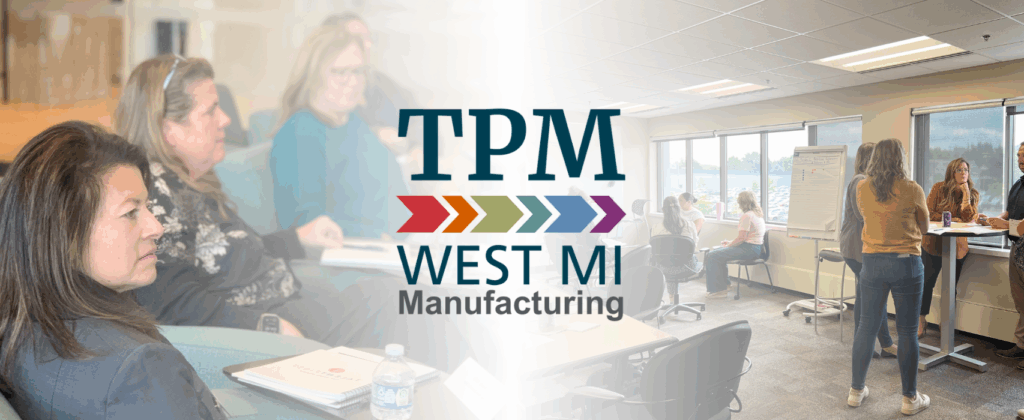It is a common disconnect. Educators believe they are adequately preparing students for the labor market at the same time employers are disappointed by the lack of skills students bring to the workforce.
One possible source of misaligned perceptions: Employers and educators approach the idea of employability skills with different understanding – and even different language.
In education, employability skills do not receive the same focus by all districts. Their value for career success often is not explained to students. Many students lack the supportive environment to develop these skills.
Employers, meanwhile, have been slow to define the skills they need – essential information if schools are to redesign instruction and evaluation.
Research suggests a need to re-conceptualize the education sector’s role in preparing students for the future labor market. Fortunately, that work is being done in many school districts across West Michigan.
Progress from K-12
The first wave of success in employability skills came through the work of the Ottawa Area Intermediate School District’s Skills 4 Success program. From there a pilot grew in districts across West Michigan’s 13 counties to promote embedded employability skills curriculum into classrooms that meet the needs of the employers.
The curriculum is being created by educators for educators. It covers 12 categories of skills, grade-banded across K-12, starting with participation and good choices in Kindergarten and 1st grade. It concludes with the skill of innovation in grades 10-12.
Communication will be an underlying theme throughout all grades. The employability skills have been identified and vetted by West Michigan employers to ensure the programming correlates with local needs.
Social emotional learning
Another possible factor contributing to employer-education misalignment is the difference in language around employability skills. Multiple terms have emerged to describe this concept, including 21st century skills, soft skills, social-emotional skills, etc. The inconsistency contributes to voids in learning for students.
But there may be less disconnect than it appears. Many districts focus their classrooms and buildings around social emotional learning – and the skills learned through that process often correlate to skills needed in the workforce. In fact, 79% of employers say social-emotional skills are the most important qualities for job success (World Bank Group, 2016).
Social emotional learning (SEL) is the process of developing the self-awareness, self-control and interpersonal skills that are vital for school, work and life success. People who have strong social-emotional skills are better able to cope with everyday challenges and benefit academically, personally and socially. The Collaborative for Academic, Social, and Emotional Learning, CASEL, identifies five social and emotional competencies:
- Self-awareness is the ability to recognize one’s own feelings, interests, strengths, and limitations,
- Self-management refers to when individuals regulate emotions and manage daily stressors,
- Social awareness refers to perspective and appreciation of similarities and differences,
- Relationship skills are when individuals exhibit pro-social behavior and demonstrate positive social skills to develop meaningful relationships,
- Responsible decision-making refers to when individuals make ethical decisions and strengthen the ability to develop appropriate solutions to identified problems.
These competencies relate to “employability skills” and personality traits that Heckman & Kautz (2012) say predict success in school, the labor market and life. Employability skills are cited as among the most important skills by employers (Hart Research, 2015).
While we often believe there is a large disconnect between schools and employers in employability skills work, often there is an opportunity to engage.
The work taking place at many school buildings offers a chance to crosswalk the skills and traits learned through that process with the needs of the labor market. When both groups start speaking the same language, that is where communication begins.


